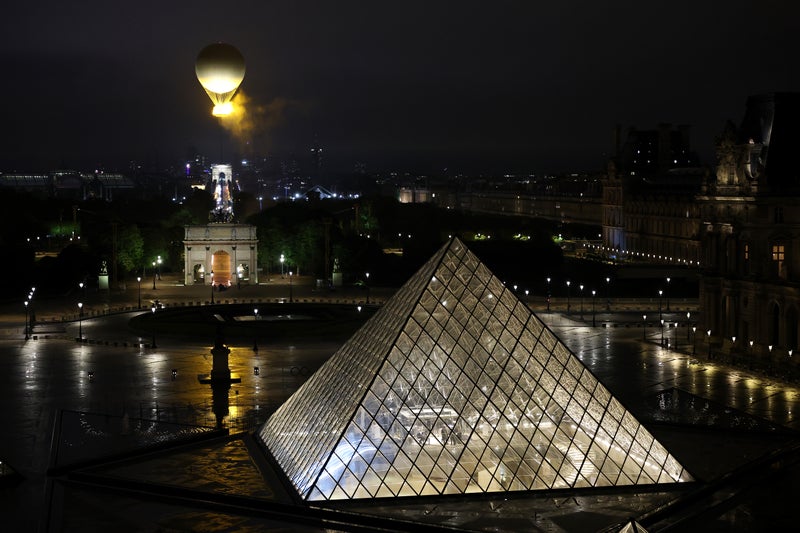The surprising tourist landmarks where taking photos is forbidden
The surprising tourist landmarks where taking photos is forbidden
Share:
If you’re of the school of thought that believes the main goal of travelling is to snap (and share) albums full of photos, listen up. Not only is picture-taking frowned upon in these tourist hotspots, it could also land you in hot water if you get caught.
![[Gardens of the Taj Mahal, Agra, India]](https://metro.co.uk/wp-content/uploads/2025/01/GettyImages-519770038.jpg?quality=90&strip=all&w=646)
Around the world, it’s not uncommon to see signs asking visitors to turn their flash off or keep to a certain distance, but certain locations restrict photography altogether. We’re not just talking about the likes of war memorials or graves either. Getting your camera out at some of the world’s most famous landmarks is a major no-no.
![[Vatican City, Sistine Chapel]](https://metro.co.uk/wp-content/uploads/2025/01/GettyImages-sb10069367k-001_746553.jpg?quality=90&strip=all&w=515)
This is sometimes for preservation reasons or for the safety and enjoyment of those around you – in some cases though, it’s a matter of copyright law. So to help you avoid getting into trouble on your travels, Jessops has shared the destinations where you should stick to mental pictures only.
![[Morning Time at Valley of the Kings in Luxor City ,Egypt]](https://metro.co.uk/wp-content/uploads/2025/01/GettyImages-951657442.jpg?quality=90&strip=all&w=646)
You’ve likely seen dozens of photos of the Taj Mahal’s impressive exterior and gardens, but you’ll have to visit in person to see inside the Agra mausoleum. As the sacred final resting place for Mumtaz Mahal and Shah Jahan – the Mughal emperor who commissioned this architectural marvel in memory of his beloved wife – photography is considered highly disrespectful and strictly forbidden. This ban also ensures glowing screens don’t detract from others’ experience.
![[Red light destrict view and Amsterdam canal, bicycles and cyclists, houseboats, living boats. (ED)]](https://metro.co.uk/wp-content/uploads/2025/01/GettyImages-947286576.jpg?quality=90&strip=all&w=646)
Security guards are present to enforce the rule, and visitors are asked to switch off their phones or keep them on silent. There’s a no cameras allowed policy at the Sistine Chapel, in part because flash photography could damage Michelangelo’s artwork.





















